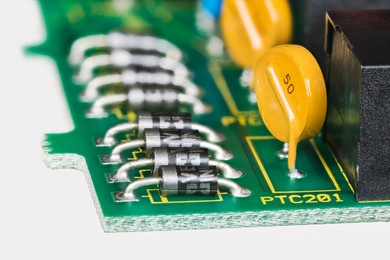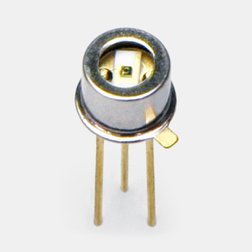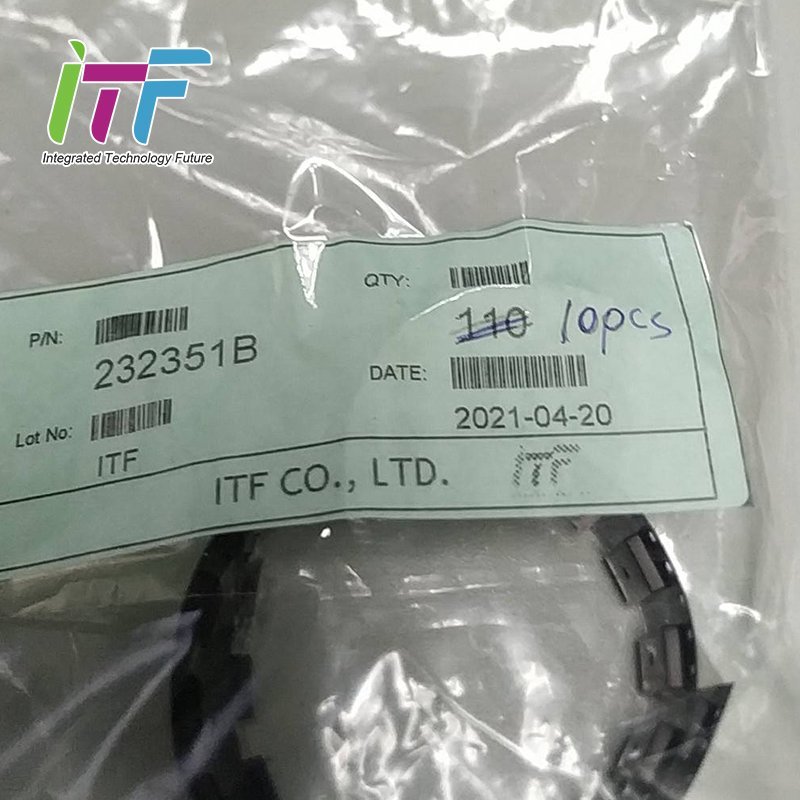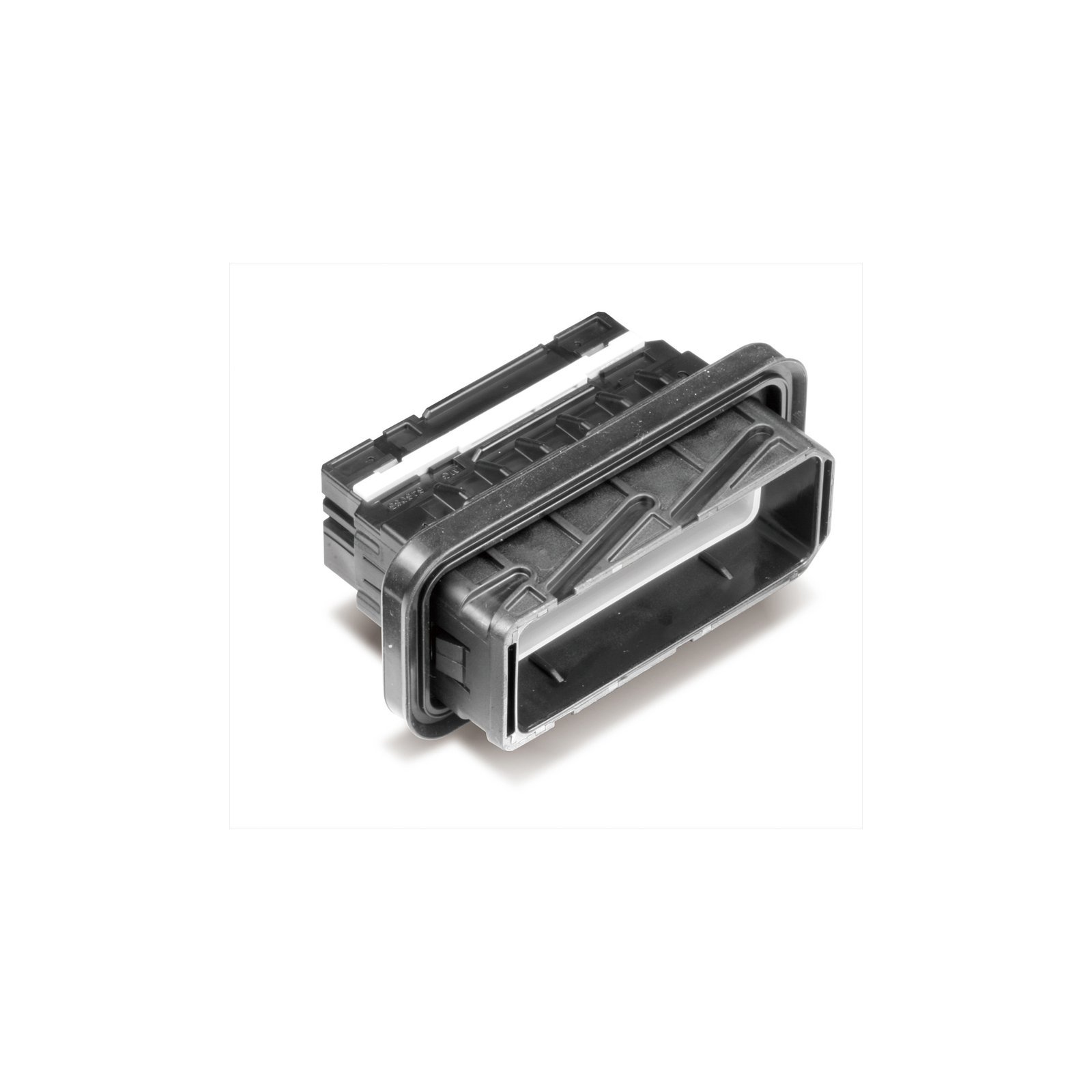A diode is one type of electronic component made from semiconductor material. It has positive and negative poles and it is unidirectional conductive. When the forward voltage is applied between the two poles, the diode turns on, and current flows from the anode to the cathode; when the reverse voltage is applied, the diode turns off. The applied voltage can control the diode to turn on or turn off, which is similar to a switch turning on and off.

Diodes have a wide range of applications and play an important role in electronic circuits and industries. In electronic circuits, diodes are often used in switching, limiting, voltage stabilizing, and varactor circuits. It can automatically adjust the circuit frequency to realize the functions of tuning frequency modulation and scanning oscillation, as well as protect the safety of circuits and devices.
In industries, diodes, especially light-emitting diodes, are widely used in electronic products, automobiles, large machinery, coal mines, and decorative lights. Light-emitting diodes have the advantages of safety, efficiency, environmental protection, long life, fast response, small size, and solid structure. They are high-quality light sources that meet the requirements of green lighting.

The principle of the diode is to utilize the unidirectional conductivity of the PN junction. Workers just connect the leads to the PN junction and encapsulate it to form a diode. The crystal diode consists of a P-type semiconductor and an N-type semiconductor, forming a PN junction. A space charge layer is formed on both sides and a self-built electric field is generated. When there is no external voltage, the diode is in an electrical equilibrium state, because the diffusion current caused by the carrier concentration difference on both sides of the PN junction is equal to the drift current caused by the self-built electric field. When forward voltage bias is applied, the external electric field and the self-built electric field will cancel each other out, causing the diffusion current of carriers to increase, thus causing a forward current. When reverse voltage bias is performed, the external electric field and the self-built electric field are further enhanced, and a reverse saturation current independent of the reverse bias voltage value will be generated within a certain range. When the reverse voltage reaches a certain level, the electric field in the PN junction space charge layer will reach a critical value. At this time, a carrier multiplication process will occur, generating a large number of electron-hole pairs, and causing a very large reverse breakdown current.

To sum up, the diode has various applications and has unidirectional conductivity because of its PN junction. If you are interested in the diode and any other electronic components, please feel free to contact us!
























